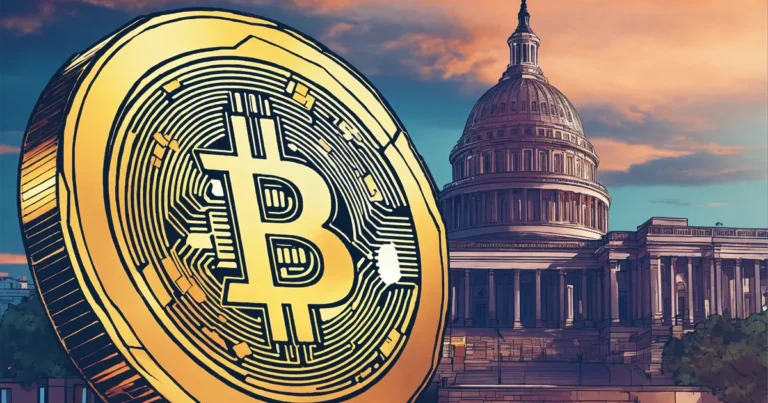30-5-2025 – The cryptocurrency sector has witnessed a confluence of transformative developments that underscore the digital asset ecosystem’s expanding influence across regulatory, institutional, and macroeconomic spheres. From judicial interventions in trade policy to groundbreaking blockchain infrastructure investments, the week of May 24-30, 2025, has crystallised crypto’s evolution from fringe technology to mainstream financial instrument.In an extraordinary display of institutional confidence, Vice President JD Vance declared that “crypto finally has a champion and an ally in the White House” during his landmark address at the Bitcoin 2025 Conference in Las Vegas. This proclamation represents a seismic shift in governmental attitude towards digital assets, transforming what was once considered a regulatory battleground into a strategic economic frontier.
The political endorsement arrives alongside unprecedented corporate blockchain adoption, exemplified by SharpLink Gaming’s revolutionary treasury strategy. The company raised $425 million through a private investment offering, with Ethereum co-founder Joseph Lubin appointed as Chairman, causing shares to surge over 400%. This remarkable transaction signals a fundamental transformation in how traditional enterprises view cryptocurrency as a legitimate treasury asset.
SharpLink’s strategy involves using the proceeds to purchase Ether as their primary treasury reserve asset, with the transaction expected to close on May 29, 2025. The gaming and sportsbook marketing firm’s bold pivot demonstrates how blockchain technology is penetrating conventional business models, creating hybrid entities that bridge traditional commerce with decentralised finance.
The institutional momentum extends beyond individual corporate decisions to encompass broader policy implications. Vance specifically addressed concerns about stablecoins, stating that “Dollar-pegged stablecoins, particularly once GENIUS is enacted, is only going to help the American economy”, suggesting comprehensive legislative frameworks are being developed to support cryptocurrency integration.
Meanwhile, judicial intervention in trade policy has created unexpected ripple effects throughout financial markets. A federal court’s decision to block sweeping tariff implementations introduces new variables into inflation calculations, potentially influencing Federal Reserve policy decisions ahead of their June 18 meeting. This interconnected web of regulatory, judicial, and monetary policy demonstrates how cryptocurrency markets increasingly operate within broader macroeconomic frameworks rather than existing as isolated speculative vehicles.
The convergence of high-level political endorsement, massive institutional investment, and evolving regulatory clarity suggests that digital assets are transitioning from experimental technology to essential financial infrastructure. The week’s developments indicate that cryptocurrency adoption has reached a tipping point where traditional business models, political strategies, and economic policies must accommodate blockchain innovation rather than merely tolerate its existence.
This evolution reflects a sophisticated understanding that digital assets represent more than speculative investments – they constitute fundamental tools for economic sovereignty, technological innovation, and geopolitical influence in an increasingly digitalised global economy.


